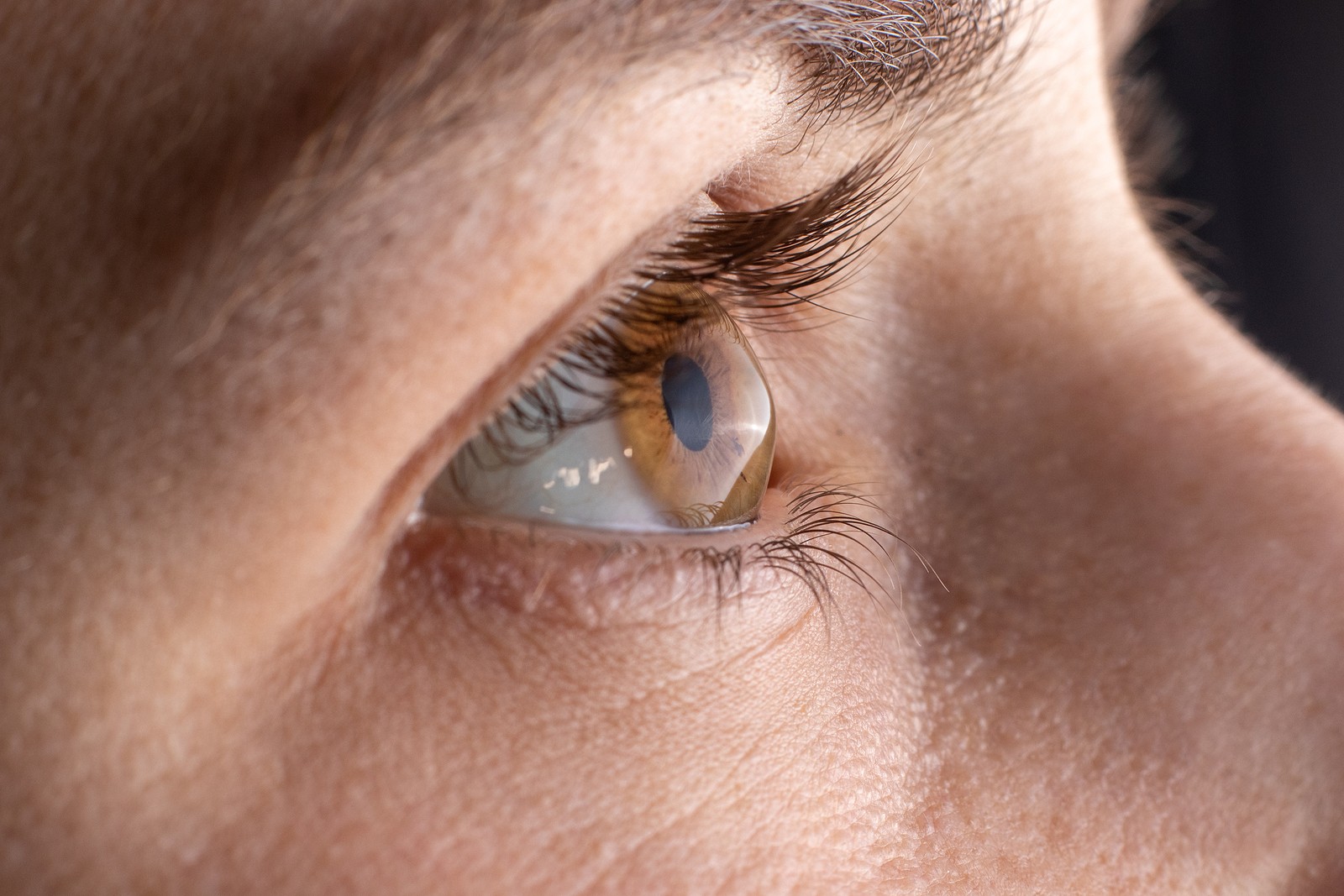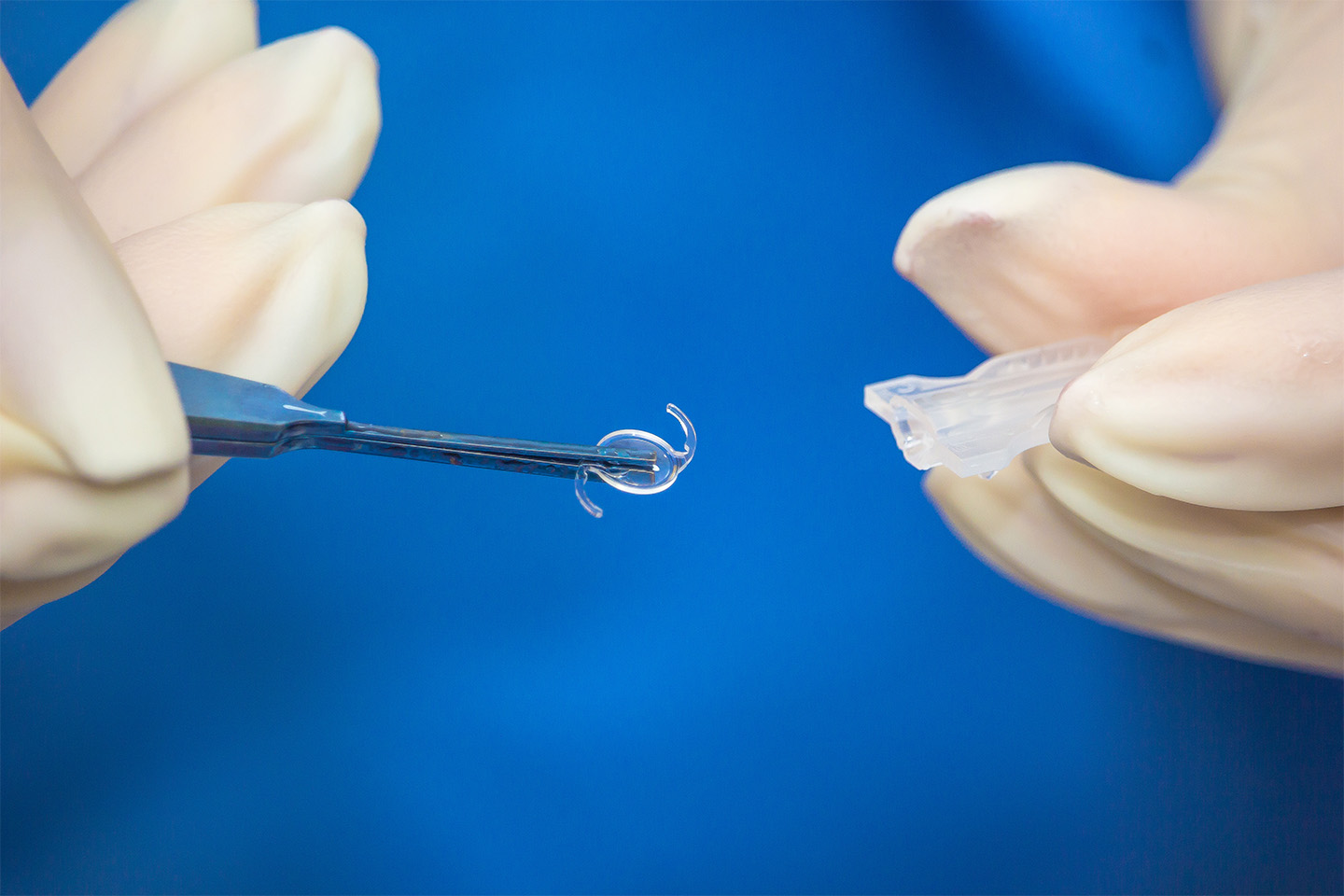10 Common Questions About Keratoconus

If you or a family member has recently received a keratoconus diagnosis, then it’s only right to want answers about its severity, available treatment options, and the future of your vision. With one in 2,000 people – or maybe even one in 500 people – experiencing this condition, information is paramount for reducing its effects.
The skilled staff at Kleiman Evangelista Eye Centers has compiled the most common questions about this condition to help you understand your options and get started on a road to treatment.
1. Can You Go Blind If You Have Keratoconus?
Keratoconus is a disease that causes the cornea to bulge away from your eye and thin out. Keratoconus does not typically cause total blindness. However, this progressive condition can cause severe visual impairment, including blurred distance vision, glare, extreme light sensitivity, astigmatism, distortion, and even vision loss that can be classified as “legal blindness.”
2. How Do You Get Keratoconus?
There is no exact cause of keratoconus, but research has shown there are some contributing factors:
- Genetics – About one in 10 people with keratoconus also have a family member with the condition.
- Underlying disorders – Keratoconus has been associated with several conditions including Down syndrome, Osteogenesis Imperfecta, Leber congenital amaurosis, Ehlers-Danlos syndrome, and Marfan syndrome.
- Inflammation – Inflammation and irritation from allergies, asthma and other atopic eye diseases can lend to the development of keratoconus.
- Rubbing your eyes – Frequent and intense eye rubbing is thought to thin out the cornea and can worsen the condition if you already have it.
- UV Light – This kind of light can cause oxidative stress, which weakens the corneas in predisposed eyes.
3. What Does a Person with Keratoconus See?
In a healthy eye, the cornea should be spherical to allow light to enter and focus on the retina correctly. With keratoconus, the cornea becomes thin and bulges outward in a cone shape, which impacts the way light enters the eye.
Because of this change in shape, a person with keratoconus may experience mild blurring to extreme distortion. Think of the symptoms of astigmatism, like halos and blurred distance vision, but intensified. Patients may also see double or multiple images of one object. The visual impact can vary based on the stage and severity of this condition in the affected individual.
4. How Serious is Keratoconus?
Not all cases of keratoconus are serious. However, there are rare chances of complications, such as hydrops (a build-up of fluid behind the cornea causing swelling and a cloudy appearance). This development can make the condition much more serious. In addition, severe changes to the shape of the cornea can lead to visually significant scarring. In cases of severe vision loss, keratoconus can even be called a disability.
5. At What Age Does Keratoconus Stop?
The onset of keratoconus commonly occurs in the teenage years and continues progressing year after year. Some studies have found that the cornea will stabilize about 20 years after its onset, while other professionals have found the condition to slow after the age of 25.
Of course, there are exceptions. The condition can continue evolving into the 30s and 40s in cases of poorly fitting contact solutions, excessive eye rubbing after treatment, and occasionally during pregnancy.
6. Can Keratoconus Be Reversed?
Keratoconus cannot be reversed, whether through natural means like diet and exercise or medical means. Nevertheless, there are treatment options that will improve vision, ranging from corrective contact lenses and glasses, and in extreme cases, corneal transplant surgery.
7. What Happens If Keratoconus is Left Untreated?
When left untreated, keratoconus can worsen quickly and lead to permanent vision loss. Without regular check-ups and exams after the initial treatment, the corrective contacts can become outdated and stop working in your favor. Permanent corneal scarring can occur and lead to the need for a corneal transplant.
8. Can LASIK Surgery Fix Keratoconus?
Traditional LASIK is not an option for those looking to correct keratoconus or hoping to correct underlying refractive errors with mild keratoconus.
LASIK eye surgery involves reshaping the cornea by removing tissue, which even in a healthy eye, can lead to complications down the line. So, for those with already thin corneas, this treatment option may make keratoconus even worse.
However, eye surgery may still be helpful in the treatment of this condition, particularly with corneal cross-linking. Corneal cross-linking involves the use of medicated eye drops and UV laser light, which strengthens the collagen fibers to help stabilize the cornea and slow the progression.
9. How Fast Does Keratoconus Progress?
The speed of progression in keratoconus is highly individualistic. Typically, the condition begins in adolescence and evolves quickly up until about age 25.
Some patients will experience gradual changes over 10 to 20 years. Fortunately, it will become stable over time with the right treatment and natural progression.
10. Is Keratoconus Hereditary?
There is some evidence that those with a family history of keratoconus may be more likely to develop the condition. In fact, it has been found that one in 10 people with keratoconus have a parent affected by this condition. However, it is unknown whether this prevalence simply results from the passing down of a mutated gene.
Moving Forward with Keratoconus Treatment in Dallas
Learning the answers to these common questions is only the start for preserving your vision with keratoconus. The next step is seeking advice from the experts in cataract and LASIK eye surgery in Dallas at Kleiman Evangelista Eye Centers. Our expertise and range of services allows us to build tailored solutions for patients with keratoconus that can help you experience your best vision.









